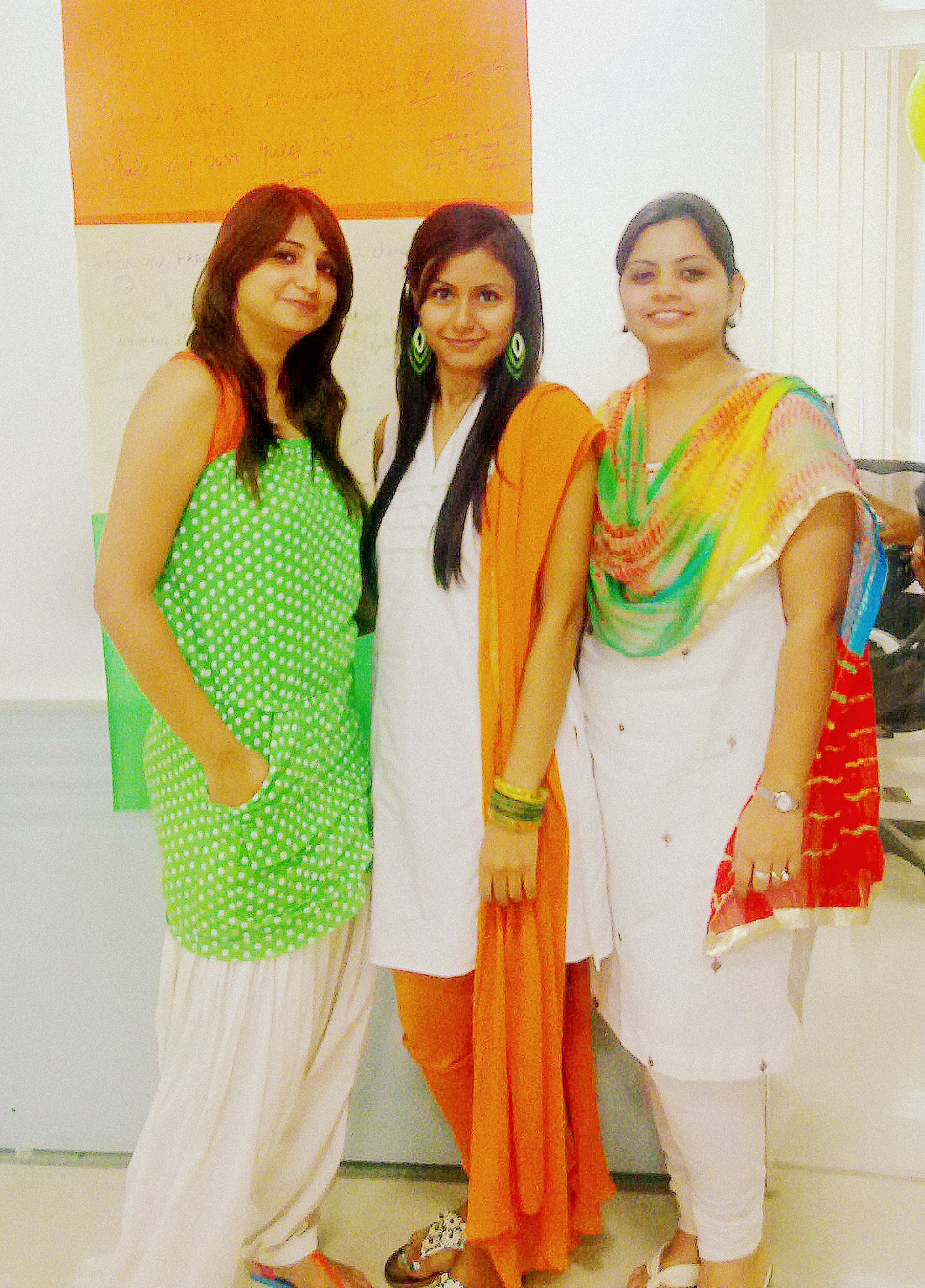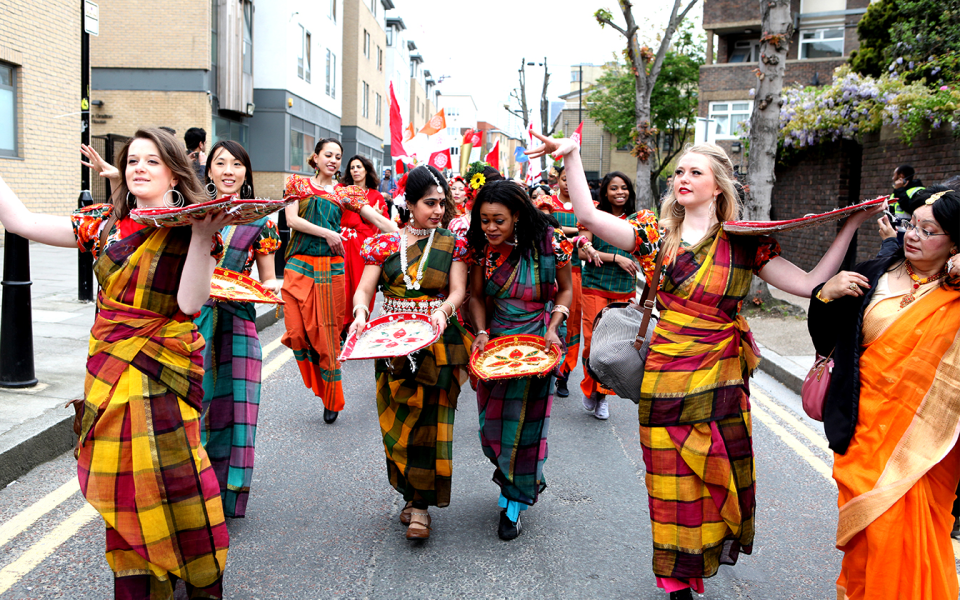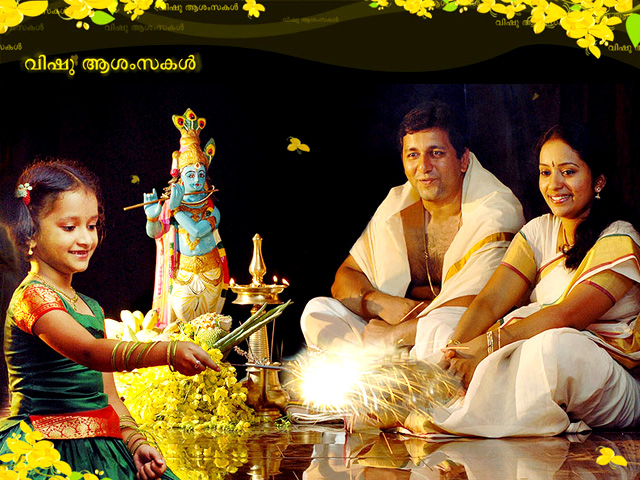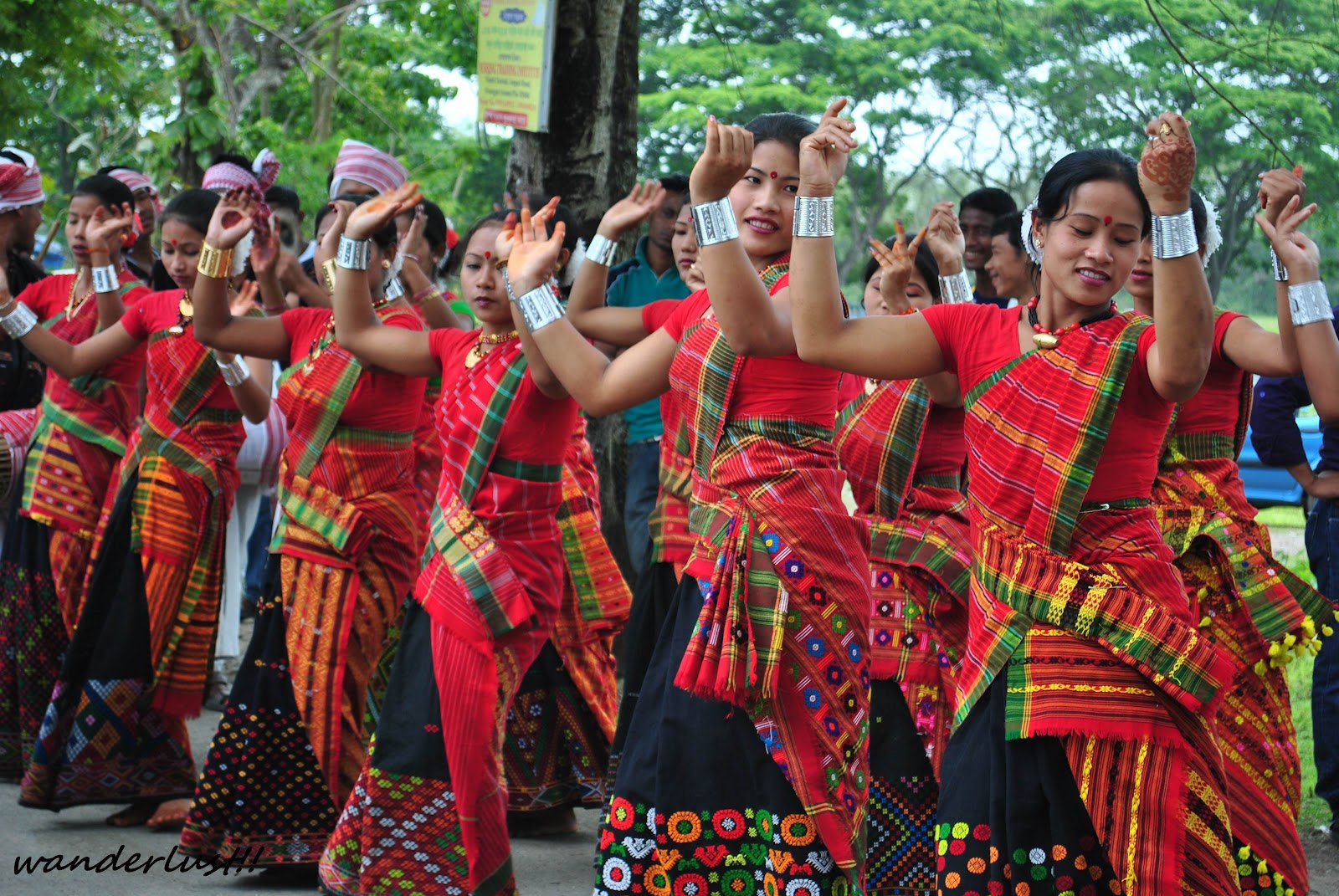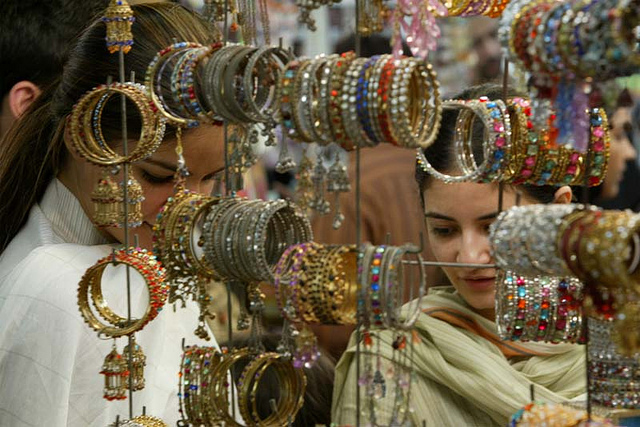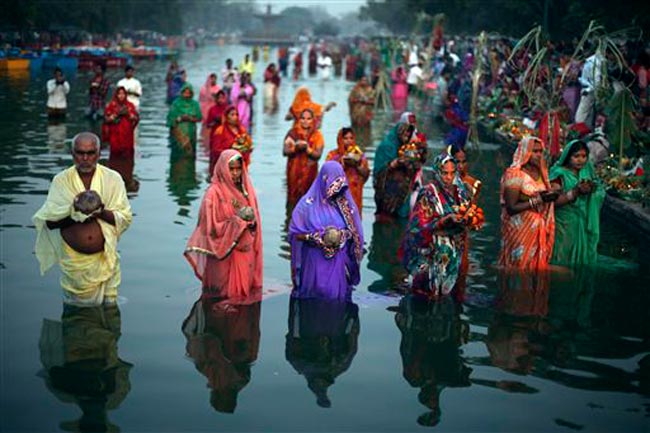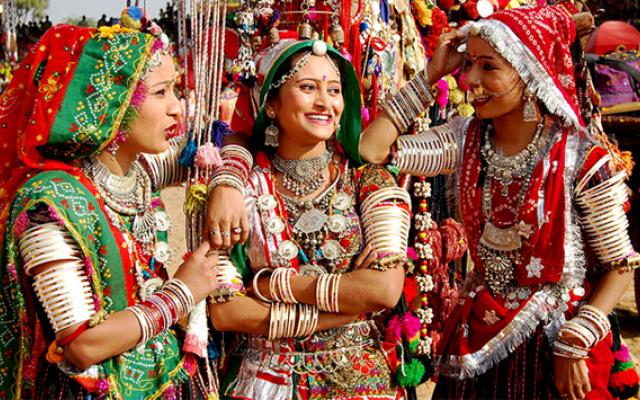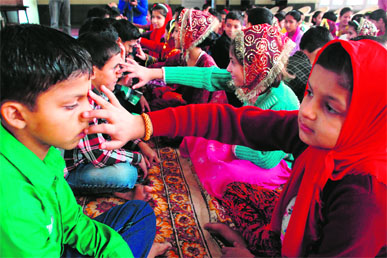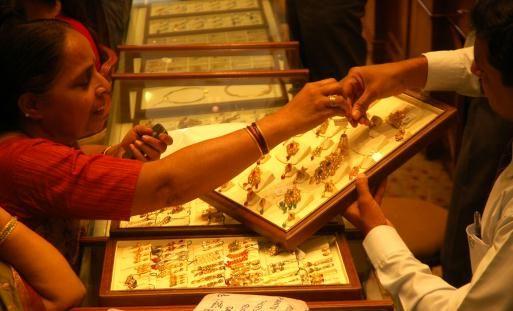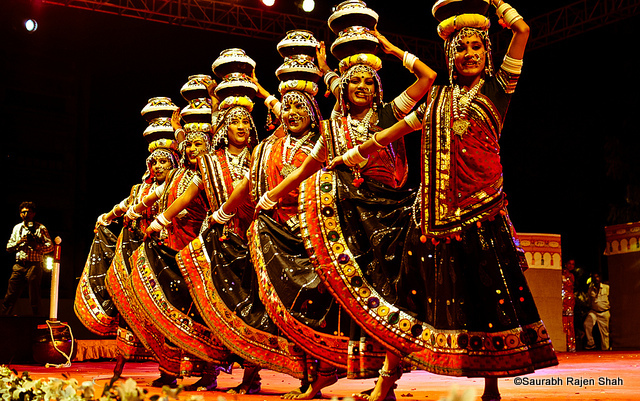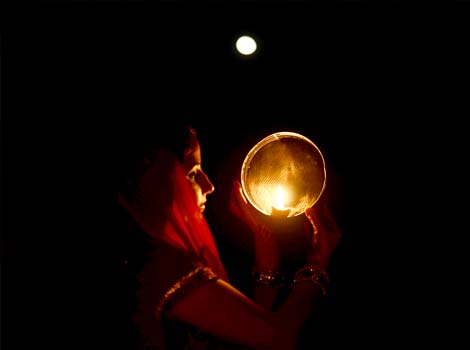Festivals
Festivals come knocking all through the year and warrant elaborate preparations in terms of feasting, home decor, rituals and clothing. Festivals like Baisakhi and Bihu have their roots in nature, with no similarity in the celebrations of both. During Pongal, women wear Kanjeevaram saris with heavy jewelry, while Lohri sees women in bright Salwar Kameez. On Teej, women sport mirror and bead embellished Ghagra Cholis in Rajasthan. In contrast, the last day of Durga Puja witnesses Bengali women in traditional red-bordered white Sarees. What’s common in all the festivals is the resplendent colors, the emphasis on jewelry and authentic ethnic wear.
Introduction India’s Independence Day, celebrated on the 15th of August, is the biggest national event apart from Republic Day. Although…
The word Poila means ‘first’ and Baishakh is the first month in the Bengali calendar.
Eid-Ul-Fitr or Eid-al-Fitr is the biggest of the three major Islamic religious festivals around the world. In keeping with the…
Bihu in Assam is celebrated thrice throughout the year, although the New Year Bihu is specifically called the Rongali Bihu…
Aalso spelled as ‘Chath’ or ‘Chat’, it is commonly known is one of the most prominent festivals in Northern India.…
Teej is a three-day long festival that is a part of the grand Indian tradition of Northern and Western India.…
An annual festival celebrated by the Hindu community in most parts of India as we...Know more.
Akshay Tritya is a prominent Hindu and Jain festival that is also known as Akha Teej. The word Akhsay itself…
Navratri, which translates to nine nights, is a festival celebrated in India during the beginning of spring and autumn. This…
A day that Indian married women dedicate to fast for the longevity, well-be... Read more.

